
Child/Adult Abuse & Neglect Hotline: 805-654-3200

Older Adults
Introduction
One of the many important issues in our society is older adult poverty. Due to a variety of factors, more and more older adults are not just entering their “golden years”, but are also facing poverty as well.
In the state of California alone, 49% of people age 65 or older have incomes below 200% of the poverty line under the Supplemental Poverty Measure (SPM). The SPM includes factors such as regional living costs, healthcare, housing, and childcare, so it is often deemed as more accurate than the official poverty measure.
Income
According to the National Council on Aging, 43% of older adults and 21% of married seniors rely on social security for over 90% of their income.
Living in poverty is challenging for people of all ages; however experiencing poverty as a senior may be especially difficult due to limited sources of income. Retired adults may not have as many employment opportunities as younger adults and most older adults rely on social security income. Without social security, it is even more challenging for some older adults to stay above the poverty line.
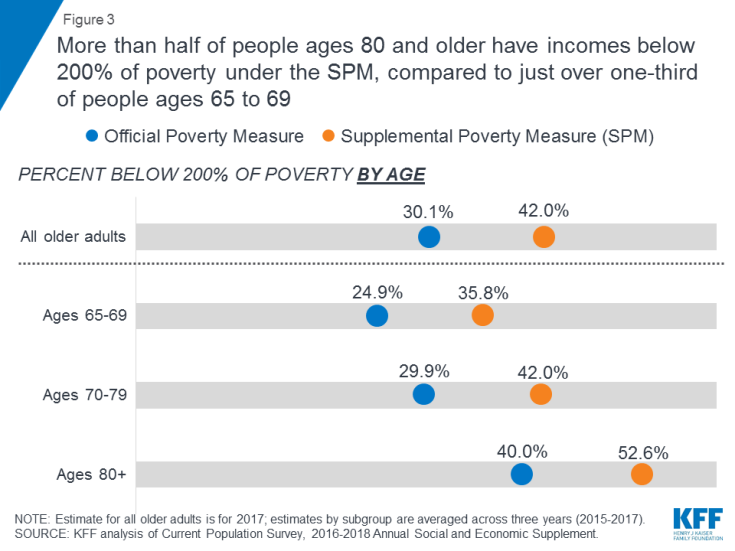
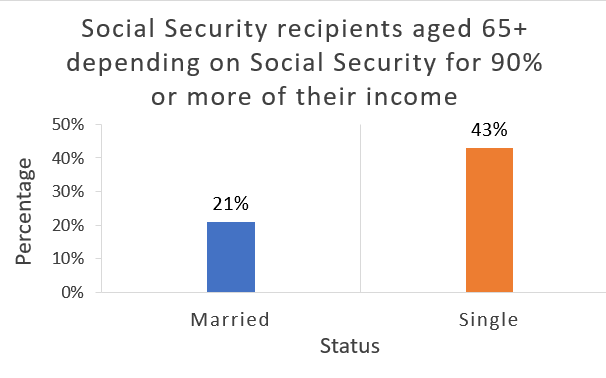
Poverty
The Poverty Trend visual comes from America’s Health Rankings. To view more information about Poverty amongst older adults in California click here.
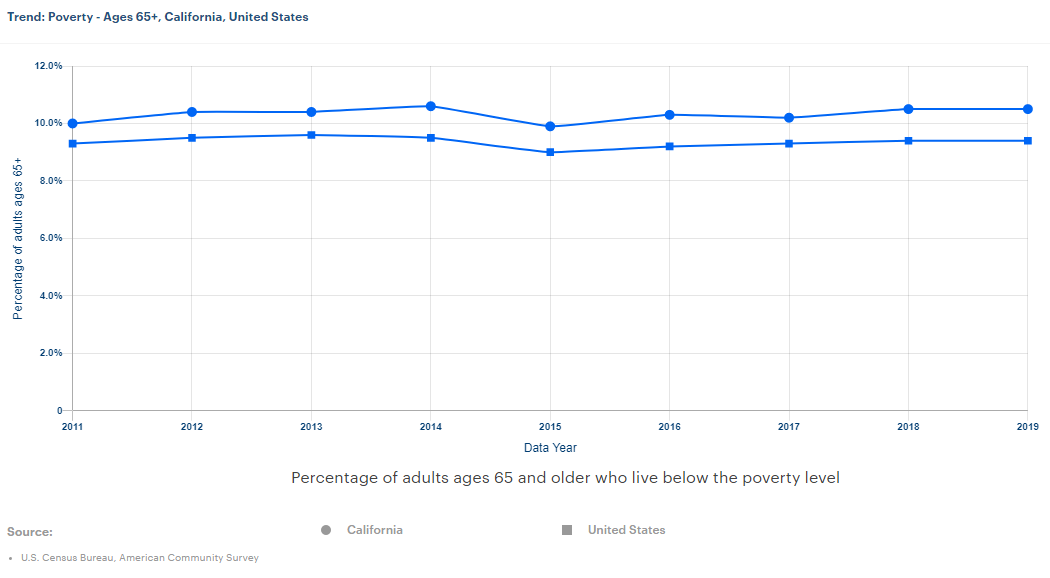
Living Costs for Older Adults in Ventura County
The cost of living for older adults ranges from $19,000 – $47,000 annually in Ventura County.

**Data is drawn from the US Department of Health and Human Services Medicare Options Compare Tool and Part D Contract and Enrollment Data.
Source: Elder Index
Healthcare Costs
Some seniors have additional challenges with taking adequate care of themselves due to health issues – many that are common to old age. Among older adults, those with fair/poor health have the highest rates of living in poverty. Medicare has increased in cost over the years, which leads to less affordable medical care and more impoverished older adults in our country.
Studies show that households of seniors aged 65 and over spend an average of 13% – 16% of their budget on healthcare (most common healthcare for older adults is Medicare), while adults under 65 spend an average of 10% of their budget on healthcare.
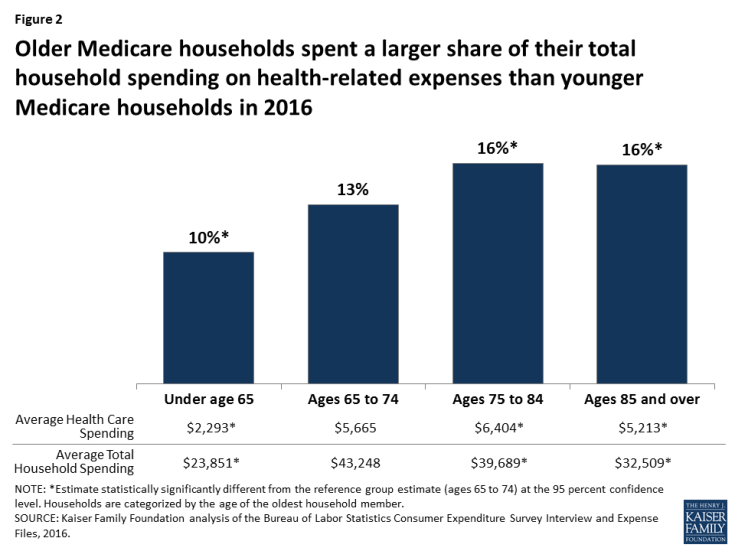
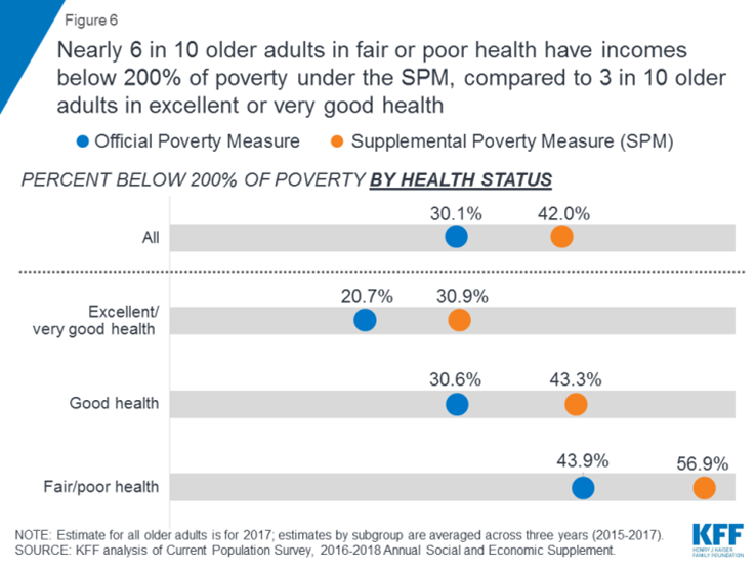
Senior Isolation
Older adults oftentimes find themselves alone dealing with a variety of issues. These include paying for a living space, healthcare, energy, food insecurity, transportation, or predatory lending. Aside from paying for living expenses, seniors who have disabilities or health issues need to find a caretaker for themselves, which further subtracts from their budget. Isolation is also an issue when it comes to older adult poverty. A study conducted by the nonprofit AARP found people who are very socially isolated spend an average of $130 or more on Medicare than non- or less-isolated persons. Senior isolation not only cuts off family and friends who could provide support, but may also increase overall healthcare costs for older adults.
Support for Older Adults Living in Poverty
Organizations providing services to get affordable or free healthcare, food, housing, and other necessities can improve the financial and physical well-being of older individuals. In addition, more places where older adults can socialize and participate in activities can reduce social isolation.





